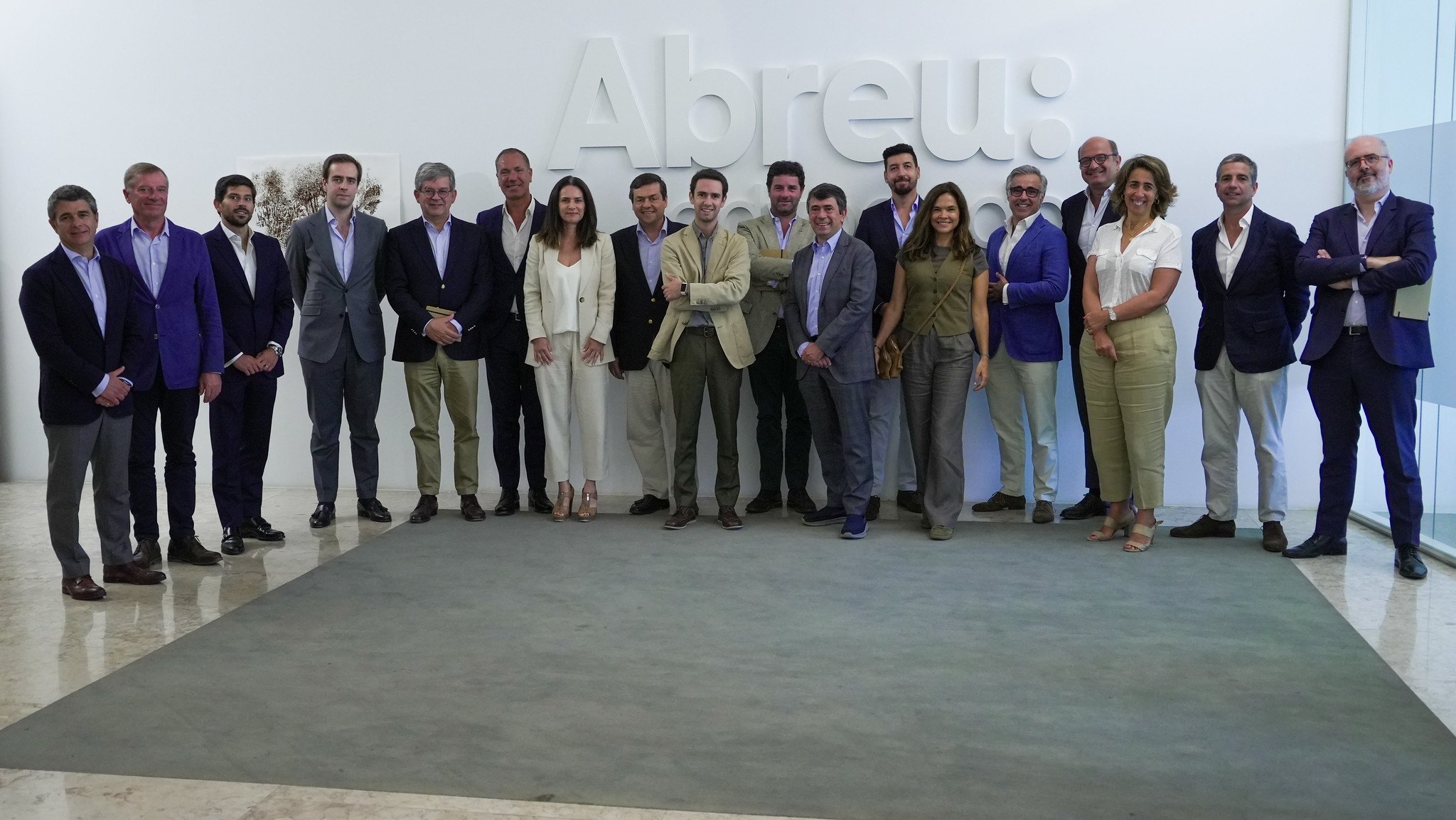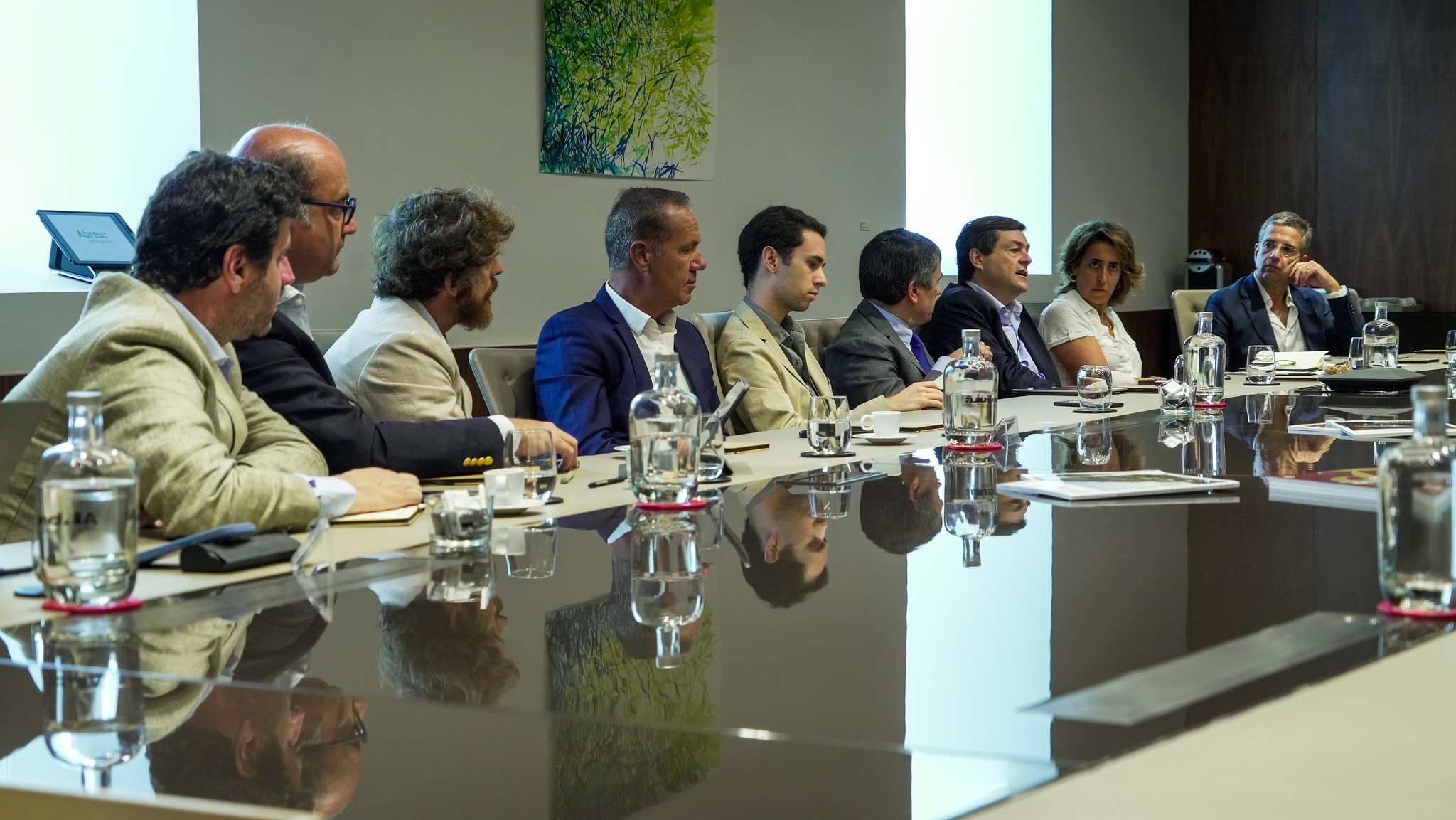MIXED-USE DEVELOPMENTS IN LISBON

Lisbon's urban landscape is being reshaped by mixed-use projects that promise to breathe new life into underused areas, blend living and working models, and diversify investor risk. Yet, as highlighted during the latest Iberian Property Editorial Breakfast, hosted at Abreu Advogados in Lisbon, these projects face significant challenges — from complex licensing processes to the need for scale and vision.
Longer cycles, but greater potential
One recurring theme among the participants — representing developers, asset managers, investors and legal advisors — was that mixed-use projects typically have longer development cycles, which inevitably conditions profitability models and the predictability of returns. However, these same projects can create a new kind of “location factor,” drawing people to areas that were once overlooked.
As the Board Member of Habitat Invest, Duarte Soares Franco noted, moving towards mixed-use is becoming a strategic goal for many Portuguese developers, especially those seeking scale and risk diversification. “Traditionally, we didn’t focus much on mixed-use, but now we’re working on licensing projects in Lisbon with residential and student housing components. Scale is decisive for investors: it helps mitigate risk and supports higher equity commitments,” he said. Habitat Invest itself is now developing two significant projects in Almada (Greater Lisbon), bringing around 60,000 sqm of residential and student accommodation, backed by an estimated €120 million investment — a concrete example of how scale transforms risk into opportunity.
The need for vision — and patience
Projects such as Entrecampos, Campo Novo or even nighbourhoods like Príncipe Real illustrate both the promise and the pitfalls of Lisbon’s mixed-use boom. Miguel Santana, Board Member at Fidelidade Property, explained that, despite acquiring the Entrecampos project in 2018 as supposedly fully licensed, real progress took much longer than anticipated. “The main challenge was licensing,” he admitted. “We started with a business plan based on €22/sqm rents; market evolution has since pushed this to €30/sqm, helping to offset the impact on IRR.” Notably, the project was recognised at MIPIM as the best urban development, underlining its international appeal. Entrecampos itself is one of Lisbon’s largest urban redevelopments: covering the former Feira Popular fairground, it totals around 300,000 sqm GBA, with seven office buildings, three residential blocks, retail, leisure and over 17,000 sqm of landscaped gardens — an investment surpassing €300 million, including the new Bank of Portugal headquarters sold for €192 million.
Sofia Ferreira, Head of Property & Assets Services at Nhood, emphasised the importance of retail as an anchor and integrator: “We want the project to function on its own. Take any simple element like a food court, it is a crucial part of the concept — high-quality, innovative rather than luxury, but definitely distinctive.” This mirrors the approach taken in projects like Campo Novo, developed by Sonae Sierra and Arrow Global near Lisbon’s 2ª Circular. Cláudia Beirão Lopes, Director of Licensing & Urban Planning at Reify. (Sonae Sierra) explained how proximity to Sporting’s stadium strengthens the project’s pull, while also revealing flexibility in licensing so some office buildings could change to other uses depending on demand. Campo Novo itself is a €240 million mixed-use investment covering c. 80,000 sqm: four office buildings, three residential blocks (two already sold), and 12,000 sqm of retail and restaurants arranged around a central plaza.

Scale, placemaking and risk diversification
A consensus emerged around the role of scale: large mixed-use schemes make it possible to create vibrant, self-sustaining urban destinations. “Big asset managers can achieve scale and diversify risk through mixed-use,” noted several speakers, with examples like LX Factory and ALLO showing how complementary uses reinforce each other.
Cristóbal de Castro, Managing Partner at Quest Capital, observed that market demand has shifted significantly post-Covid: “It’s harder today to sell an office building if it doesn’t have associated retail. Developing isolated office parks far from amenities no longer works.” Quest Capital is living this through several projects: co-developing Antas Atrium in Porto with Tikehau Capital — a landmark €240 million development next to Estádio do Dragão, bringing 100,000 sqm of build-to-rent and build-to-sell apartments, over 1,150 units, plus leisure and retail — and transforming the former HOP shopping centre into a mixed-use hub with roughly 15,000 sqm of offices and 9,000 sqm of retail and restaurants. In Lisbon, Quest is also preparing a new Hotel + Retail scheme in Chiado/Calhariz: an estimated €40 million investment turning a heritage building into a boutique hotel with around 90 rooms and high-street retail.
Similarly, Tiago Eiró, CEO at EastBanc Portugal, reminded everyone to look beyond Lisbon’s borders: “We should benchmark against international examples in cities like Paris or Milan, showing that transformation is possible and beneficial.” EastBanc’s own work in Príncipe Real is proof of patient placemaking: through gradual acquisition and rehabilitation of multiple buildings over decades, they created a coherent mixed-use district of offices, shops, restaurants and homes — revitalising an entire neighbourhood.
In Alcântara, André Gomes de Sousa, Executive Partner at CapRock Investment Partners, described projects like Aflame and the planned expansion near LX Factory. Though final scope depends on licensing, CapRock envisions around 70,000 sqm combining offices, residential and retail — including an ambitious idea for a pedestrian bridge connecting to the river, which local infrastructure constraints forced them to abandon. Even so, these projects highlight how mixed-use thinking drives waterfront revitalisation.
Licensing: a critical bottleneck
Despite enthusiasm, frustration was shared regarding Portugal’s complex and lengthy licensing processes. “Urbanism and investment cycles are usually out of sync,” several panellists agreed. Cláudia Beirão Lopes pointed out that Lisbon took an innovative step in 2012 by adopting a more flexible planning instrument, enabling dynamic urban evolution — but this flexibility hasn’t reached many other municipalities, which still block mixed-use outright.
Manuel Fonseca, PE Real Estate at Tikehau Capital, reinforced that mixed-use is essential to regenerate entire urban quarters, as seen in Porto’s Antas Atrium, but these large-scale projects suffer when licensing frameworks lag behind.
New demand, new urban centralities
Mixed-use isn’t only about investors: it reflects what tenants and residents want — from co-living and student housing to flexible workspaces and experiential retail. Frederico Arruda, Partner at Refundos Explorer, stressed that only mixed-use can create new centralities: “Single use doesn’t deliver profitability, and it’s not what users want.” The discussed developments aim to turn previously peripheral sites into vibrant new urban nodes — aligning perfectly with the 15-minute city vision.

Looking forward: flexibility, branding and community
A final theme was the need to balance flexibility with regulatory certainty. João Fitas, Managing Associate at Morais Leitão, asked: “Do we want flexibility or stability?” Rapidly evolving ways of using space challenge existing rules, often forcing developers to freeze project concepts too early.
Mixed-use development in Lisbon is no longer a niche: it is becoming a strategic response to new urban demand, investor needs and public policy goals. But to truly unlock its promise, Portugal as a whole must reform licensing, enable scale and keep public-private collaboration at the centre — not just building new projects, but shaping new chapters of the city itself.
